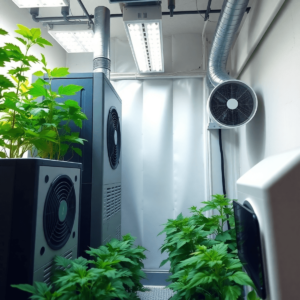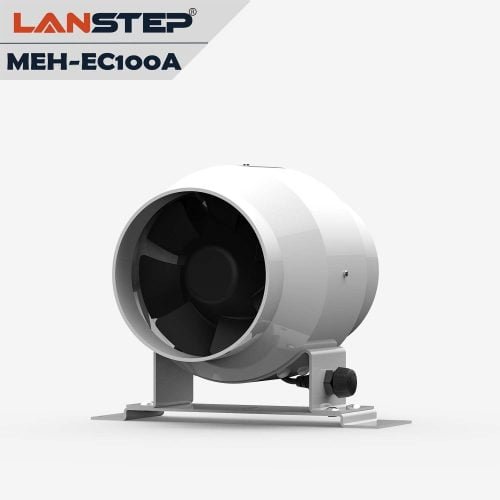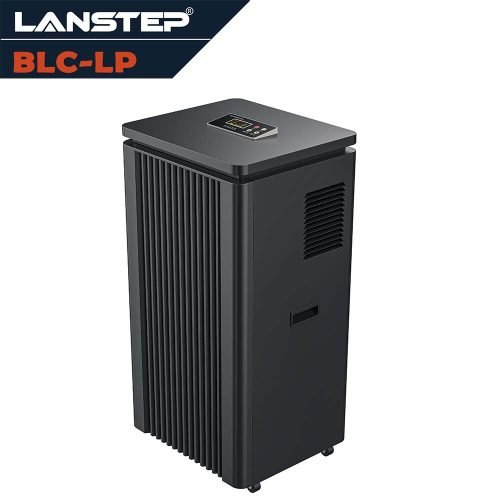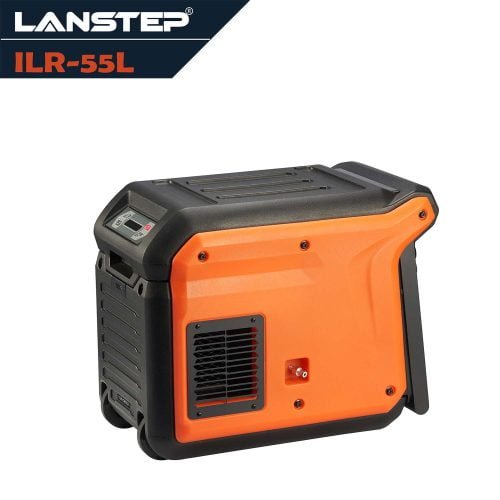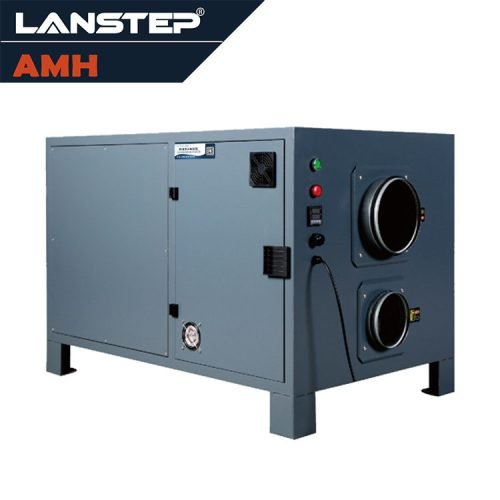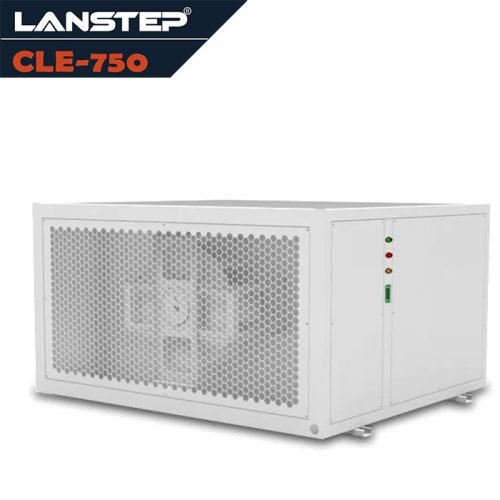Introduction
In today’s world, buildings and commercial spaces face a myriad of challenges, from temperature fluctuations to air pollution, and the constant flow of employees and visitors. However, when we look back at history and see structures like the Megalithic Temples of Malta still standing after more than 2,700 years, we are reminded that there’s no reason for our buildings to succumb to damage prematurely. This article delves into the importance of controlling humidity levels and maintaining air quality in ensuring the long-term health of your buildings.
The Impact of Humidity on Buildings
Humidity is often an underestimated factor that can have significant consequences for buildings. Let’s first explore the problems that high humidity levels can cause.
Wood Decay
High humidity levels can lead to wood decay. According to data from the National Wood Flooring Association, when indoor humidity exceeds 30-50%, wood begins to absorb excessive moisture, potentially resulting in decay and deformation.
Damage to Walls and Floors
Excessive humidity can also harm walls and floors. Data shows that high humidity can cause paint peeling, wallpaper detachment, and floor warping, thereby increasing maintenance costs.
Impact on Structural Integrity
Prolonged high humidity can damage a building’s structural integrity. Research from the American Society of Civil Engineers indicates that high humidity can trigger concrete corrosion and steel rust, compromising the building’s stability.
Preventing Humidity-Induced Damage
Now that we understand the problems humidity can cause, let’s explore effective methods to prevent such damage.
The Importance of Dehumidifiers
Dehumidifiers play a pivotal role in humidity control. They work by absorbing excess moisture from the air, helping to maintain indoor humidity at appropriate levels.
How Dehumidifiers Work
Dehumidifiers operate based on the condensation process. When humid air passes through a dehumidifier, water vapor within it is cooled and condensed into liquid water, which is then drained away. This process reduces the overall humidity of the air.
Common Types of Dehumidifiers
There are various types of dehumidifiers available, including condensation, desiccant, and compressor dehumidifiers. You can choose the type that suits your needs and budget.
LANSTEP’s ILA-L Series Condensation Dehumidifiers
It’s worth noting LANSTEP’s ILA-L Series Condensation Dehumidifiers at this point. These dehumidifiers offer a range of sizes to suit any space, effectively transforming any room into a dry environment. Moreover, these units combine heating and drying functions, eliminating the need for separate heaters or thermostats. Equipped with remote monitoring capabilities, they can operate automatically without the need for constant manual intervention, providing both convenience and efficiency.
Proper Dehumidifier Settings
Correctly setting up your dehumidifier is crucial for its effectiveness.
Control of Relative Humidity
The ideal relative humidity indoors can vary depending on the building type and climate conditions. Generally, a range of 30-50% relative humidity is considered safe and comfortable.
Proper Placement
Dehumidifiers should be placed in areas where humidity control is needed, such as basements or damp rooms. Ensure they are evenly distributed to effectively remove moisture.
Air Circulation and Ventilation
In addition to dehumidifiers, improving air circulation and ventilation can help reduce humidity.
The Necessity of Air Circulation
Air circulation helps expel humid air and brings in fresh air. This can be achieved by opening windows, using fans, or utilizing ventilation systems.
Maintenance of Ventilation Systems
If your building has a ventilation system, regular maintenance is essential. Ensure that filters are kept clean and follow the manufacturer’s recommendations for upkeep.
Maintaining Air Quality
Apart from humidity control, maintaining good air quality is crucial for the health of both buildings and occupants.
The Use of Air Purifiers
Air purifiers can filter pollutants from the air, including particles, pollen, bacteria, and viruses.
Filtering Airborne Pollutants
According to the Environmental Protection Agency (EPA), indoor air can be more polluted than outdoor air. Air purifiers effectively remove these pollutants, improving indoor air quality.
Different Types of Air Purifiers
Various types of air purifiers are designed to target different pollutants. For instance, High-Efficiency Particulate Air (HEPA) purifiers capture tiny particles, while ultraviolet (UV) air purifiers can kill bacteria and viruses.
LANSTEP’s SMC Series Inline Duct Fans
Here, we’d like to highlight LANSTEP’s SMC Series Inline Duct Fans. These fans are highly suitable for maintaining air quality and can be integrated with various air purification devices. They utilize EC motors, effectively reducing long-term energy consumption, contributing to environmental conservation and energy efficiency.
Installation of ILA-L Series Dehumidifiers and SMC Series Inline Duct Fans
The installation of ILA-L Series Dehumidifiers and SMC Series Inline Duct Fans is quick and straightforward, backed by expert support from our in-house application department and international service network. Feel free to contact our team for more information.
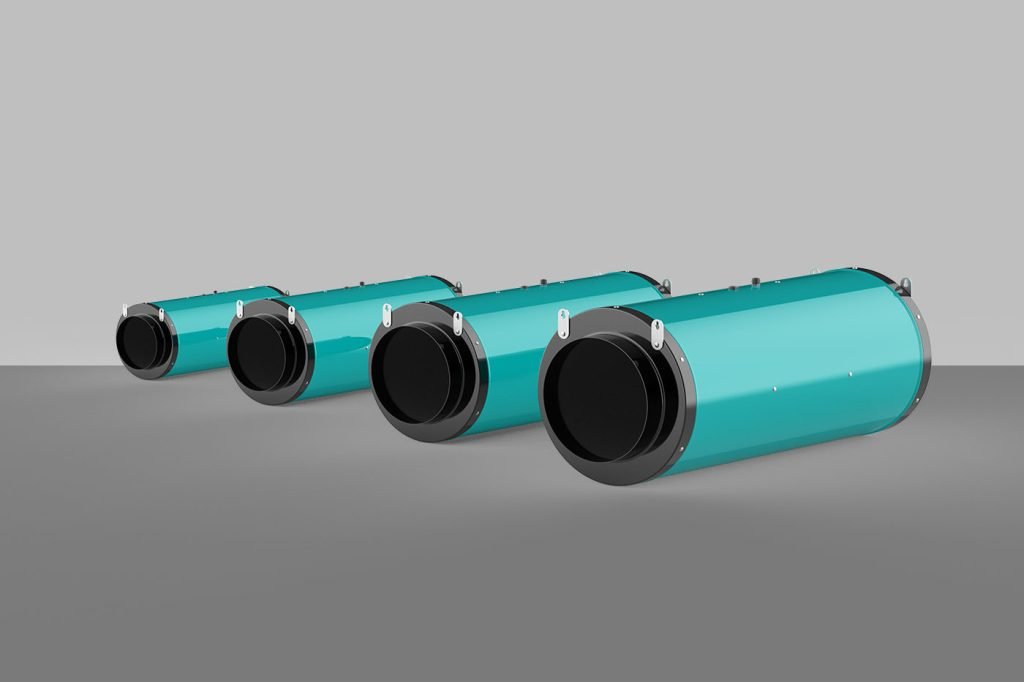
Conclusion
In the pursuit of maintaining optimal conditions within buildings, the importance of humidity control and air quality maintenance cannot be overstated. By employing dehumidifiers, setting proper humidity levels, enhancing air circulation, using air purifiers, and adhering to regular maintenance and cleaning schedules, we can effectively prevent humidity-induced damage and create a healthier and more comfortable indoor environment. Only then can our buildings stand the test of time, much like the Megalithic Temples of Malta, leaving behind a valuable legacy for generations to come.



